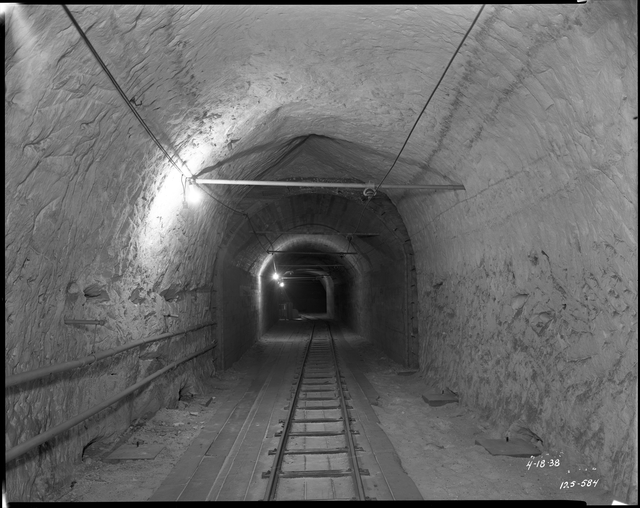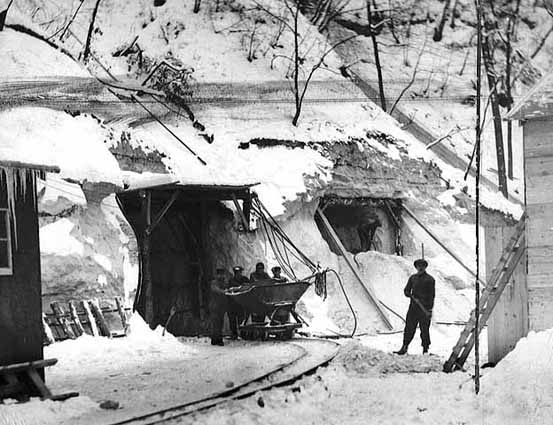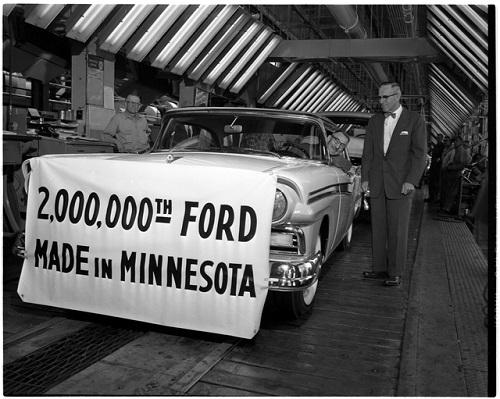Twin Cities Assembly Plant and Beyond
 Monday, January 18, 2021 at 3:08AM |
Monday, January 18, 2021 at 3:08AM |  Michael Rainville Jr |
Michael Rainville Jr | Article by Michael Rainville, Jr.
This past Friday, January 15, 2021, John Reinan wrote an excellent article for the Star Tribune about the Saint Paul Ford Plant’s sand mine located 100 feet below the factories. His reporting on the St. Peter sandstone, which is 99% silica, perfect for glass making, piqued my curiosity in the Ford Plant, something I have driven by hundreds of times, but knew little about.
Henry Ford first established his automotive business in Minnesota in 1912 by building a ten-story Model T assembly plant on the corner of Fifth Avenue N and Fifth Street in Minneapolis, which still stands today, across from Target Field. Ford saw the potential the Twin Cities had to help his business grow, and in 1925, Ford moved his Minneapolis operations to the newly constructed Twin Cities Assembly Plant in the Highland Park Neighborhood of Saint Paul.
 The plant in 1926
The plant in 1926
The 160 acres of land next to the powerful Mighty Mississippi River combined with the abundance of sand, easy rail access, and central Midwest location was just too good to pass up. Ford had all the resources he needed to establish his new plant. Once completed in May of 1925, the first vehicles to roll off the assembly line were the Model T and Model TT pickup truck. A year later in May of 1926, the sand mines were in full operation. A separate mine was located further down the river along Shepherd Road, and by the time sand mining stopped in 1959 over four miles of tunnels were dug out.
During the early years of the Plant, vehicles would be lowered down on a freight elevator, rolled out of the tunnel system, and loaded onto barges to be shipped down the Mississippi. To this day, the elevator shaft and mine lay relatively untouched. While very rusty, the electric rail cart system still lines the floor and a smaller sand elevator is still intact. With humans and nature intervening throughout the decades, all but one entrances to the mine are permanently sealed off.
 One of the mine tunnels, 1938
One of the mine tunnels, 1938
 The mining operation, 1939
The mining operation, 1939
At its peak, the Twin Cities Assembly Plant covered 1.5 million square feet and included a cutting plant, rail yard, water treatment plant, steam plant, hydroelectric power station, and a glass factory that featured two 2,600°, 300-foot-long glass furnaces.
Throughout its eighty-six-year history, the Plant only shut down production three times. Between 1933 and 1934, vehicle production stopped, and from 1933-1937, the sand and glass operation was put on hold, both as a result of the Great Depression. Civilian vehicle production stopped once more when the United States entered World War II. During this time, T-17 and over 5,000 M-8 armored cars were produced at the Plant for the war effort.
 Celebrating the 2,000,000th Ford made in Minnesota on October 6, 1956
Celebrating the 2,000,000th Ford made in Minnesota on October 6, 1956
The Plant shut down its mines in 1959, but some of that space was still in use. A seismograph station run by the University of Minnesota was located underneath the Plant mine, and in the Shepherd Road mine, the Halloween attraction “Tunnel of Terror” operated there until 2004. The Ford Motor Company updated the Plant in 1962, which ushered in a new era for the Plant that saw three new building rise and more efficient assembly lines installed. Because of these improvements, the Plant began producing its most famous vehicle, the Ford Ranger, a compact pickup truck, starting in 1982.
 1984 Ford Ranger
1984 Ford Ranger
In January of 2006, Ford instituted a restructuring plan that included many plant shutdowns, and the Twin Cities Assembly Plant was one of them. The Plant produced 300,00 Rangers in 1998 and that number dropped to 120,000 in 2005. Its 4-cylinder engine was no match for the better V6 engines, and Minnesotans wanted more power in their pickups. Four months after Ford announced the eventual closure of the Plant, they delayed it until 2008. Later, it was once again delayed, this time until December 22nd, 2011. That day, the final vehicle, a Ford Ranger, rolled off the assembly line and the Plant shut down for good.
 Rendering of the new Highland Bridge project
Rendering of the new Highland Bridge project
- - - - - - - - - - - - - - - - - - - - - - - - - -
 About Michael Rainville, Jr.
About Michael Rainville, Jr.
A 6th generation Minneapolitan, Michael Rainville Jr. received his B.A. in History from the University of St. Thomas, and is currently enrolled in their M.A. in Art History and Certificate in Museum Studies programs. Michael is also a historic interpreter and guide at Historic Fort Snelling at Bdote and a lead guide at Mobile Entertainment LLC, giving Segway tours of the Minneapolis riverfront for 7+ years. Contact: mrainvillejr@comcast.net. Click here for an interactive map of Michael's past articles.
